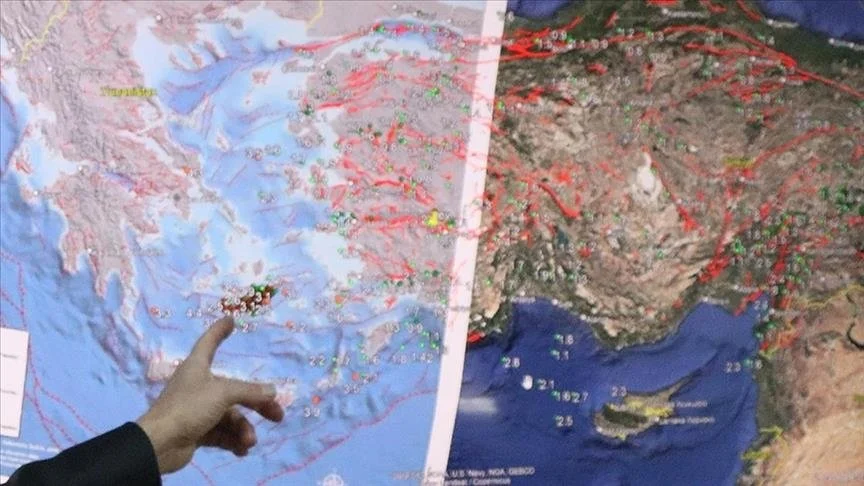An accurate reconstruction of the static automated theatre of Philon of Byzantium (3rd cent. B.C.) which is described in detail and improved by Heron of Alexandria in his work "Automatopoetike".
Automatic theatres were "miracles" of the classical and hellenistic age, works of the "miracle workers" of antiquity. The theatre of Heron presents, automatically, the myth of Nauplius who wants revenge on the Achaeans for his son’s death in Troy:
1st scene: Achaeans repair their ships - we can see figures moving, hammering and sawing and we can hear the sound made by the tools as if they were real.
2nd scene: Achaeans push their boats into the water.
3rd scene: Ships suddenly appear in the sea. We can see them sail as a fleet, progress and finally disappear - the sea gets rough - the ships reappear in the rough sea dashing on and on. Occasionally, dolphins emerge from the sea.
4th scene: Nauplius, standing at the foreland, with a lit torch, sends a false signal to the Achaeans abetted by goddess Athena.
5th scene: We can see scattered remains of the wrecked ships and Aeas swimming in the sea. Athena appears (as deus ex machina), crosses the stage and disappears. While lightning strikes and the sound of thunder is heard, Aeas' figure is lost.
The stage gates open and close between scenes.
All the above take place without any human interference, solely with the force of a lead weight which descends at a steady pace in a sand clepsydra.
The only manual movement required in order to put the automatic theatre into operation is to pull a string!
Source: kotsanas










































